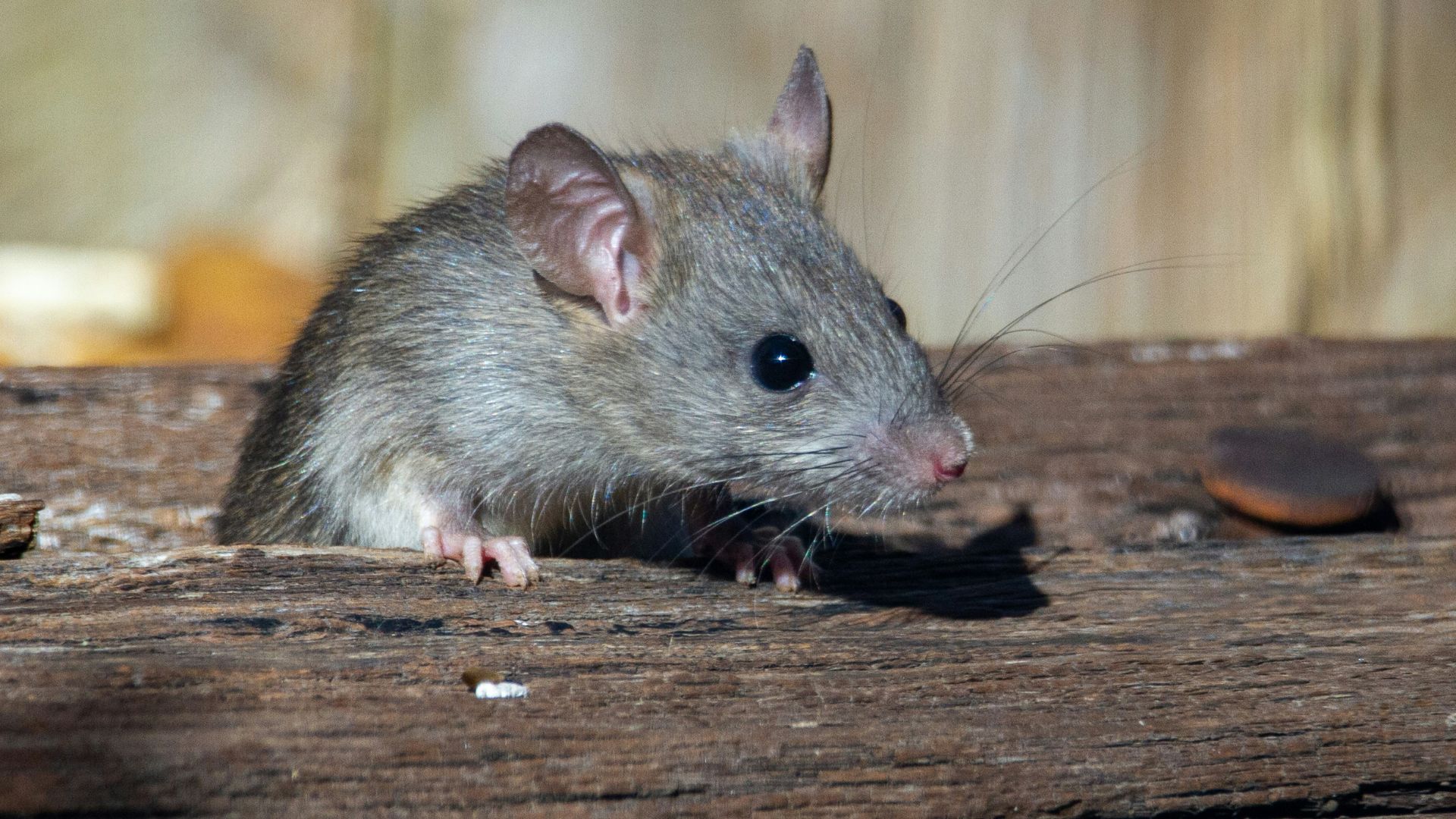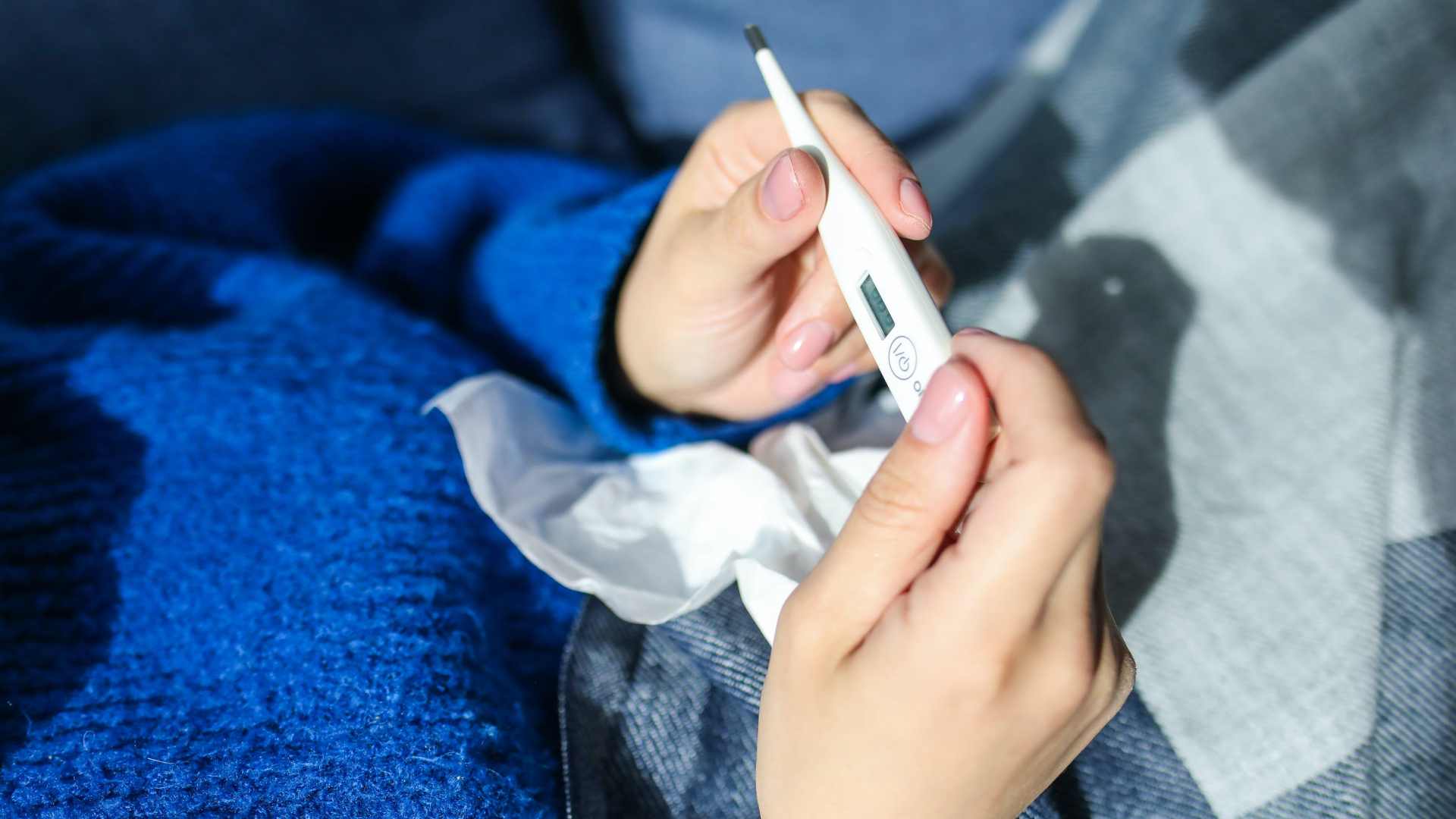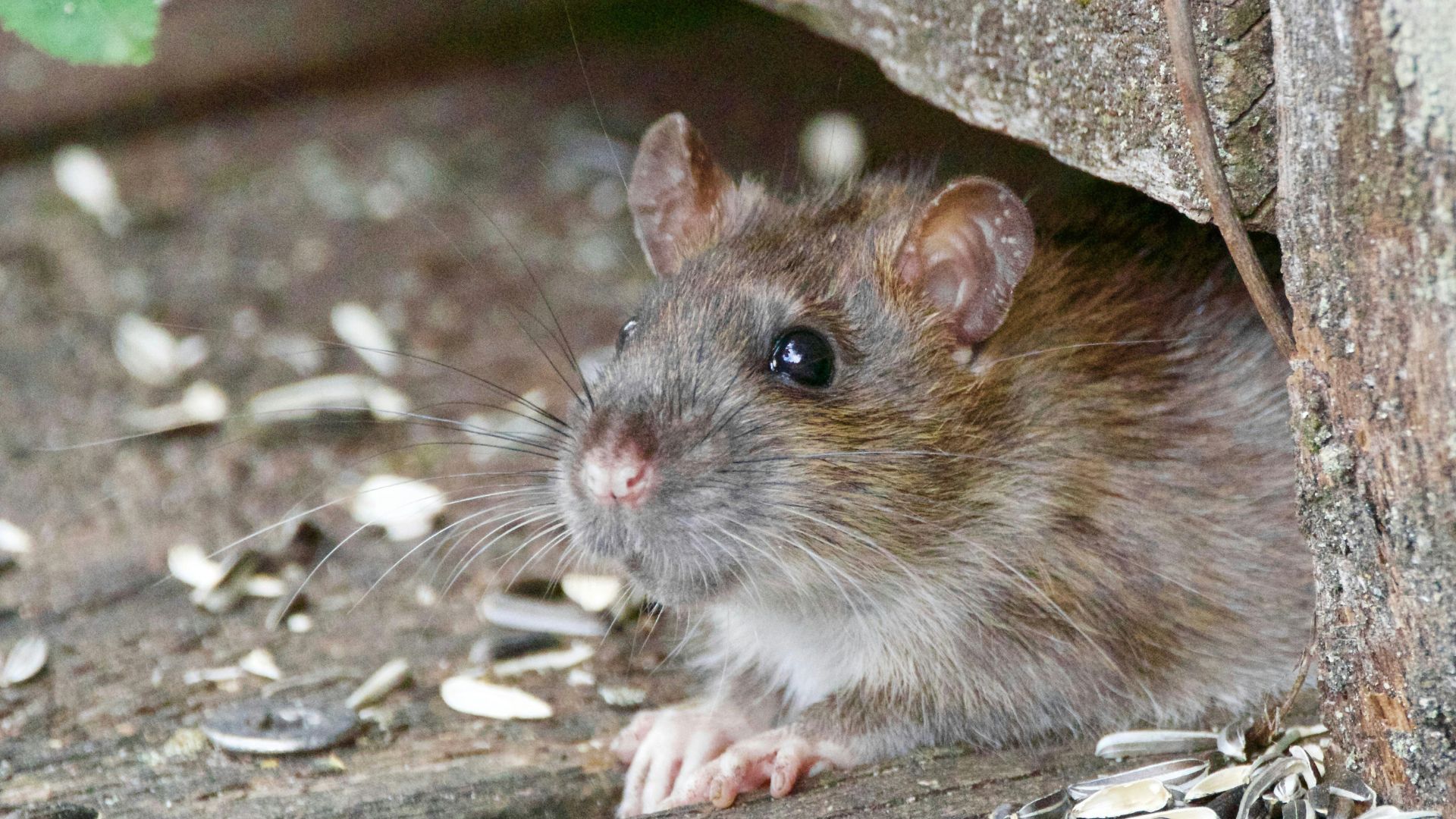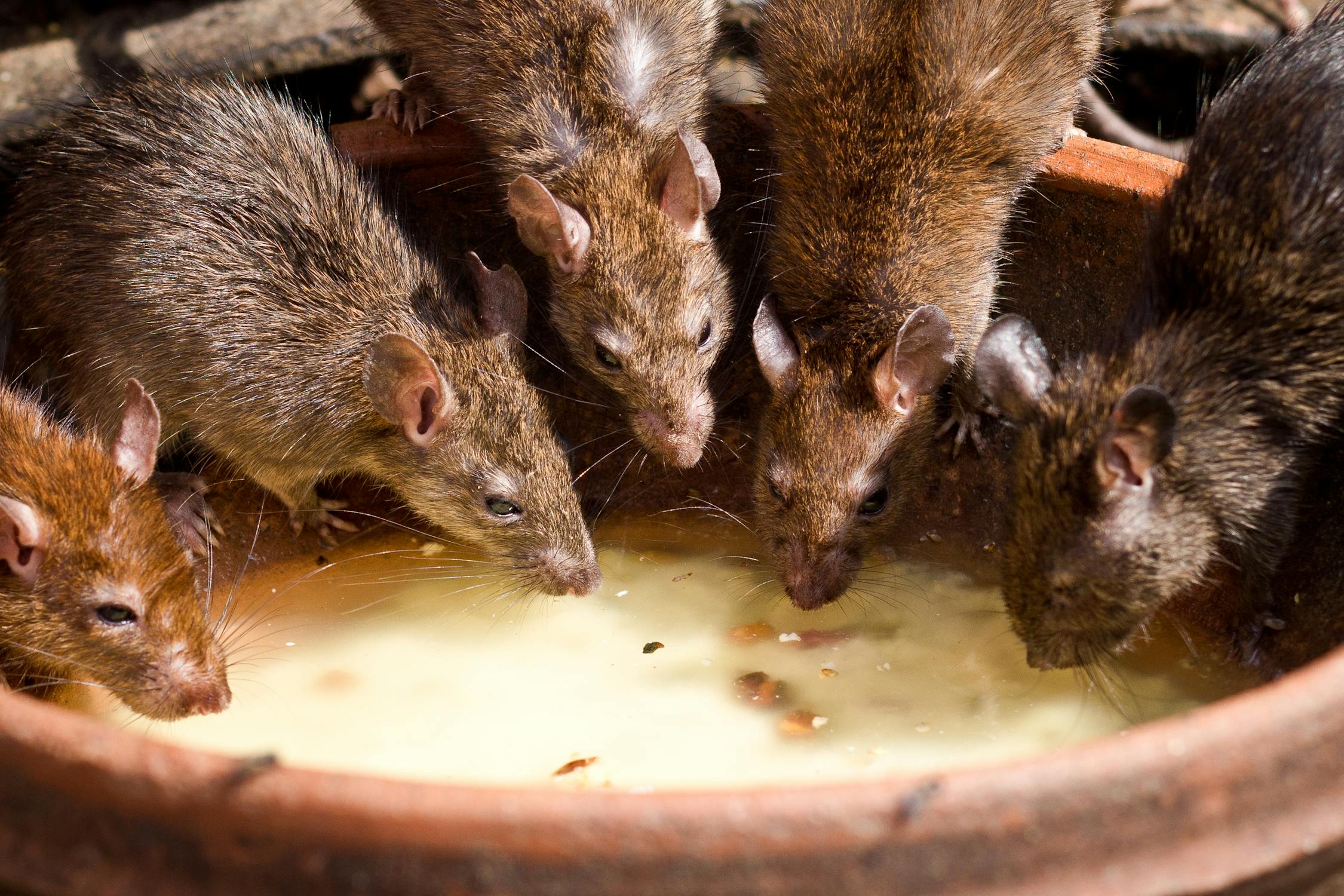Health officials in the US have issued alerts due to a rise in hantavirus cases, which have resulted in four deaths this year.
This incurable virus, transmitted by rodents, has a fatality rate of about 38%. Although generally rare, the increasing number of cases in states such as Arizona and California has raised concerns.
Recent Spike and Increased Risk

In Arizona, there has been a significant spike in hantavirus cases, with six cases and three deaths reported in the past six months alone.
This marks a notable increase compared to the 11 cases documented between 2016 and 2022. The Arizona Department of Health Services confirmed this rise, emphasizing the importance of proper hygiene to prevent rodent infestations.
Arizona Reports Increase in Hantavirus Activity

According to the Arizona emergency information network, “Arizona has also been experiencing an increase in hantavirus activity.”
“From January 1 to July 1, 2024, seven human cases of Hantavirus Pulmonary Syndrome (HPS) have been confirmed, resulting in three deaths in Arizona.”
California’s Hantavirus Resurgence

California has also reported two hantavirus cases and one death this year, including an incident in a county that had not seen the virus in humans for twenty years.
This resurgence highlights the need for heightened vigilance and preventive measures.
Experts Link Heatwaves to Rising Cases

Unsplash
Experts suggest that extreme heatwaves might be contributing to the rise in hantavirus cases.
Dr. Camilo Mora from the University of Hawaii at Manoa noted, “Many carrying-disease species get on the move with climate change. While for any specific case, it is difficult to conclude the role of climate change, climate change has all the attributes to cause outbreaks of vector-borne diseases.”
Transmission and Symptoms

Hantavirus is mainly transmitted by rodents through their urine, feces, or saliva.
Symptoms typically emerge 1 to 8 weeks after exposure and include fever, muscle aches, nausea, and abdominal pain.
Progression to Severe Respiratory Issues

The illness can advance to severe respiratory problems within four to ten days, which may be fatal.
According to the US CDC, “HPS is a severe and potentially deadly disease that affects the lungs. Symptoms of HPS usually start to show 1 to 8 weeks after contact with an infected rodent.”
No Cure or Vaccine for Hantavirus

Currently, there is no specific treatment, cure, or vaccine for hantavirus.
Care involves managing symptoms with supportive treatments such as ventilators for breathing support and intravenous fluids for hydration.
Importance of Early Detection

Early detection and intensive care are critical for improving survival rates.
To prevent hantavirus, it is crucial to reduce rodent exposure.
Essential Preventive Measures

Key preventive measures include keeping environments clean, sealing entry points to prevent rodents from entering, and using protective gear when cleaning areas contaminated with rodent droppings.
These actions help minimize the risk of hantavirus transmission and ensure a safer living environment.
Historical Cases in India

Hantavirus is not a major public health concern in India, though sporadic cases have been reported.
The first hantavirus isolate in India was identified in 1964 in Vellore, South India. Preventive measures in areas with rodent infestations remain important to manage risks.
Prevention and Early Detection

Given the lack of a cure or vaccine, prevention and early detection are essential in controlling hantavirus outbreaks.
Health officials urge the public to maintain good hygiene and take necessary precautions to minimize rodent exposure and prevent the spread of this dangerous virus.








































